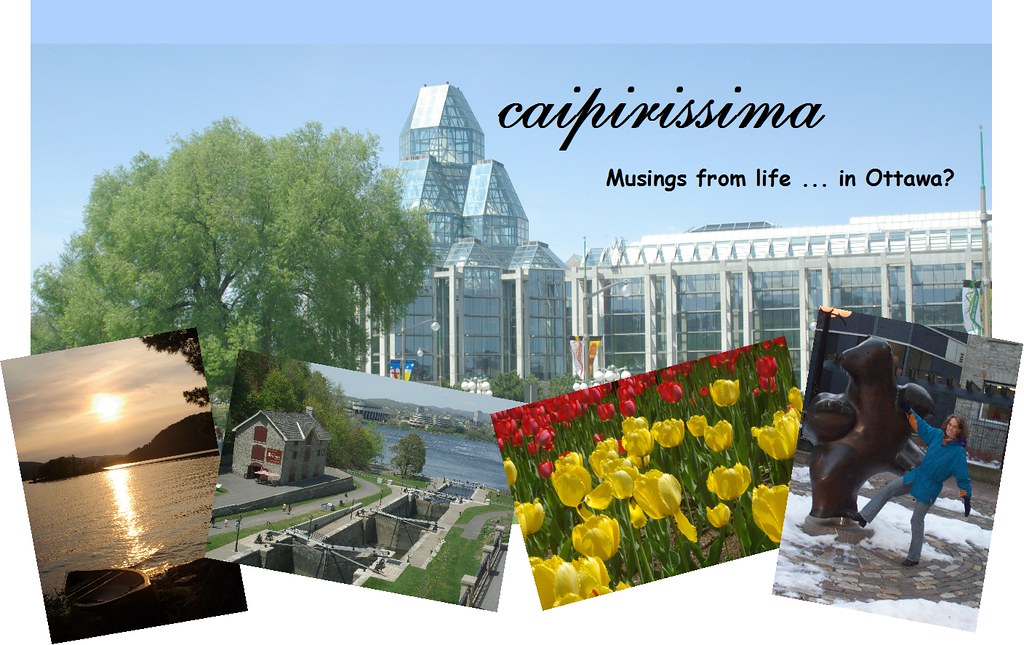Santana de Parnaíba
Yesterday, my colleague and I headed out to the small historical town of Santana de Parnaíba, a mere 38 km from the megalopolis. Surrounded by lush green mountains and charming colonial architecture, it felt like we were a world away from the hustle and bustle of São Paulo. Santana was founded in the middle of the 16th Century (circa 1560), and by 1625 had become the third largest settlement in the state of Sao Paulo and one of the headquarters for the Bandeirantes, Portuguese men, both revered and reviled, who expanded the Brazilian frontier in an effort to enslave more of the indigenous population, capture runaway slaves, and search for precious metals and stones.
The historical centre of Santana de Parnaíba is charming and well preserved / restored, with many of the houses and buildings dating back to the late sixteenth and early seventeenth century. The church, Igreja Matriz de Sant’Ana was built in 1610 replacing two earlier chapels constructed in 1560 and 1580.
We had lunch at the attractive and inviting São Paulo Antigo, located in one of the old colonial houses, just behind the church. On the buffet table was a roasted piglet - completely intact - that is until the customers starting slicing off bits and pieces of his back legs. The food, piglet included, was excellent.
Other interesting facts about Santana de Parnaíba:
- Descendants of the man who accidentally crossed European and African honey bees, thus creating the infamous killer bees, run an apiary on the outskirts of town. New experimentations with hybrid bees has led to less angry bees which now produce three times the honey than their predecessors. Brazil’s honey production is now slowly working its way back up following the devastation of the killer bee incident.
- Santana de Parnaíba is also known for artisanal cachaça making. Although the region’s land apparently produces low quality sugar cane, the flip side is that low quality sugar cane produces high quality cachaça.
- Santana de Parnaíba is the jumping off point for the religious pilgrimage route Caminho do Sol [Route of the Sun]. Based on the famous Camino de Santiago de Compostela, the Caminho do Sol is a 230km route which passes through eleven settlements and ends in Águas de São Pedro.
- The region of Santana de Parnaíba is home to the first obstruction (read: waterfall) in the river Tiete, which runs from the interior of the state to the ocean. In 1901, the region’s first hydroelectric dam was built here by the English to power São Paulo’s trams. Currently, Santana's main downfall is also linked to its proximity to the Tiete and hence the river's wonderful perfumey odours which permeate the town.



0 Comments:
Post a Comment
<< Home